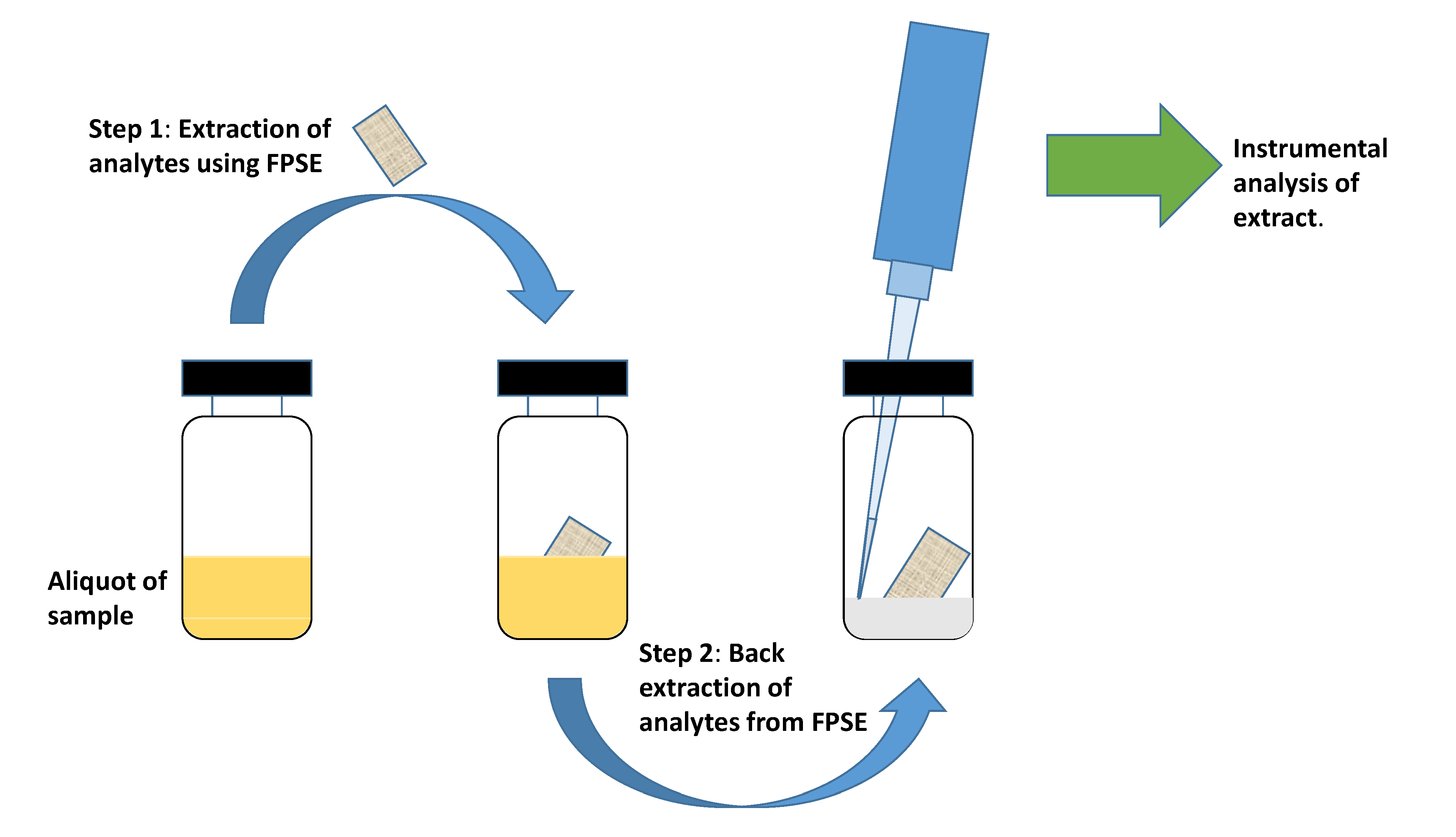The theory and working principle of fabric phase sorptive extraction (FPSE) is presented that eloquently explains the mystery behind this new and powerful sample preparation technique. FPSE innovatively integrates the benefits of sol-gel coating technology and the rich surface chemistry of cellulose/polyester/fiberglass fabric, resulting in a microextraction device with very high sorbent loading in the form of an ultra-thin coating. This porous sorbent coating and the permeable substrate synergistically facilitate very fast extraction equilibrium. The flexibility of the FPSE device allows for direct insertion into original, unmodified samples of different origin. Strong chemical bonding between the sol-gel sorbent and the fabric substrate permits the exposure of FPSE devices to any organic solvent for analyte back-extraction/elution and to highly acidic or basic environments (pH 1-12) if required. A sol-gel derived sorbent, highly polar sol-gel poly(ethylene glycol) coating, was generated on cellulose substrates. Five cm2 segments of these coated fabrics were used as the FPSE devices for sample preparation using direct immersion. An important class of environmental pollutants, substituted phenols, was used as model compounds to evaluate the extraction performance of FPSE. The high primary contact surface area (PCSA) of the FPSE device and porous structure of the sol-gel coatings resulted in very high sample capacities and incredible extraction sensitivities for both the compound classes in a relatively short period of time. Different extraction parameters were evaluated and optimized. The new extraction devices demonstrated part per trillion level detection limits for substitute phenols, a wide range of detection linearity, and good performance reproducibility.

